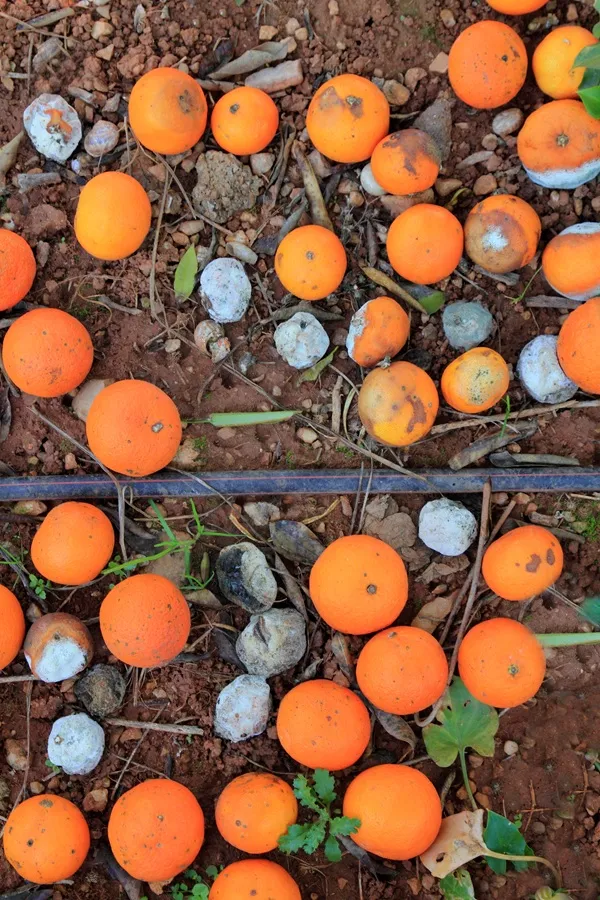Table of Contents
1. Overview
Pompano, a member of the Carangidae family, is a highly valued marine fish known for its delicate flavor and firm, buttery texture. Thriving in tropical and subtropical waters, it is a staple in both commercial fisheries and aquaculture. This guide explores its global varieties, economic significance, culinary uses, and sustainability practices.
2. Global Varieties
- Florida Pompano (Trachinotus carolinus): Found in the Gulf of Mexico and Atlantic Coast; silvery-gold body, high demand in U.S. markets.
- African Pompano (Alectis ciliaris): Indo-Pacific species; elongated fins, iridescent blue-green hues.
- Silver Pompano (Trachinotus blochii): Farmed extensively in Southeast Asia; streamlined, silvery appearance.
- Permit (Trachinotus falcatus): Often mistaken for pompano; leaner meat, darker coloration.
3. Price Factors
- Wild vs. Farmed:
- Wild Florida pompano: $15–$30/lb (U.S.).
- Farmed silver pompano: $8–$15/kg (Asia).
- Market Form: Whole fish (premium), fillets, or value-added products (e.g., smoked).
4. Physical Traits
- Colors: Silvery-gold (Florida), iridescent blue-green (African), metallic silver (Silver).
- Smell: Fresh, clean oceanic scent; avoid if overly fishy or sour.
5. Flavor & Culinary Uses
- Taste: Mild, sweet, with rich buttery notes and firm texture.
- Cooking Methods:
- Raw: Rare in sushi/sashimi (freeze at -20°C for 7 days to eliminate parasites).
- Grilled/Baked: Enhanced with citrus, herbs, or stuffed with crab.
- Fried/Curries: Lightly breaded or simmered in coconut-based sauces (e.g., Caribbean curry).
6. Nutrition & Health Benefits
- Macronutrients: High protein (20g/100g), omega-3 fatty acids (1.5g/100g).
- Vitamins/Minerals: Rich in B12, selenium, potassium.
- Health Benefits: Supports cardiovascular health, cognitive function, and muscle repair.
7. Cultivation & Capture
- Wild Capture:
- Hook-and-Line/Gillnets: Preferred in the U.S. and Asia for premium quality.
- Aquaculture:
- Pond Systems: Dominant in Vietnam, India, and Indonesia.
- Offshore Cages: Emerging in Mexico and the Philippines.
8. Byproducts
- Fishmeal/Oil: Produced from trimmings and offal for aquaculture feed.
- Roe/Collagen: Roe as a delicacy; collagen extracted from skin for supplements.
9. Processing & Storage
- Fresh: Store on ice (0–4°C) for 2–3 days.
- Freezing: Vacuum-seal fillets; lasts 6–8 months at -18°C.
- Canning: Limited due to texture; occasionally preserved in oil or sauces.
10. Major Producers & Trade
- Producers:
- Wild: USA (Florida), Mexico, Brazil.
- Farmed: Vietnam, India, Indonesia.
- Exporters: Vietnam, India, Mexico.
- Importers: USA, EU, Japan, UAE.
11. Climate Conditions
- Temperature: 24–30°C (ideal for growth).
- Salinity: 20–35 ppt (marine environments).
- Habitat: Coastal waters, estuaries, and reefs.
12. Diseases & Risks
- Vibriosis: Bacterial outbreaks in dense aquaculture.
- Parasites: Nematodes in wild fish (neutralized by proper handling).
- Stress Mortality: Sensitivity during transport and farming.
13. Return on Investment (ROI)
- Farming Costs: $10,000–$15,000/hectare (pond systems).
- Profit Margins: 25–40% due to high demand; ROI in 2–3 years.
14. Quick Recipes
- Grilled Pompano: Marinate with lime, garlic, and chili; grill 4–5 mins/side.
- Pompano en Papillote: Bake with herbs, lemon, and white wine in parchment.
- Thai-Style Steamed: Top with lime, cilantro, and chili sauce.
15. Sustainability Challenges
- Overfishing in wild stocks (e.g., Florida).
- Mangrove loss from pond farming in Asia.
- Adoption of recirculating aquaculture systems (RAS) for eco-friendly production.
16. Conclusion
Pompano’s culinary versatility and nutritional richness make it a global favorite. Sustainable practices in aquaculture and responsible fishing are vital for preserving this species.









